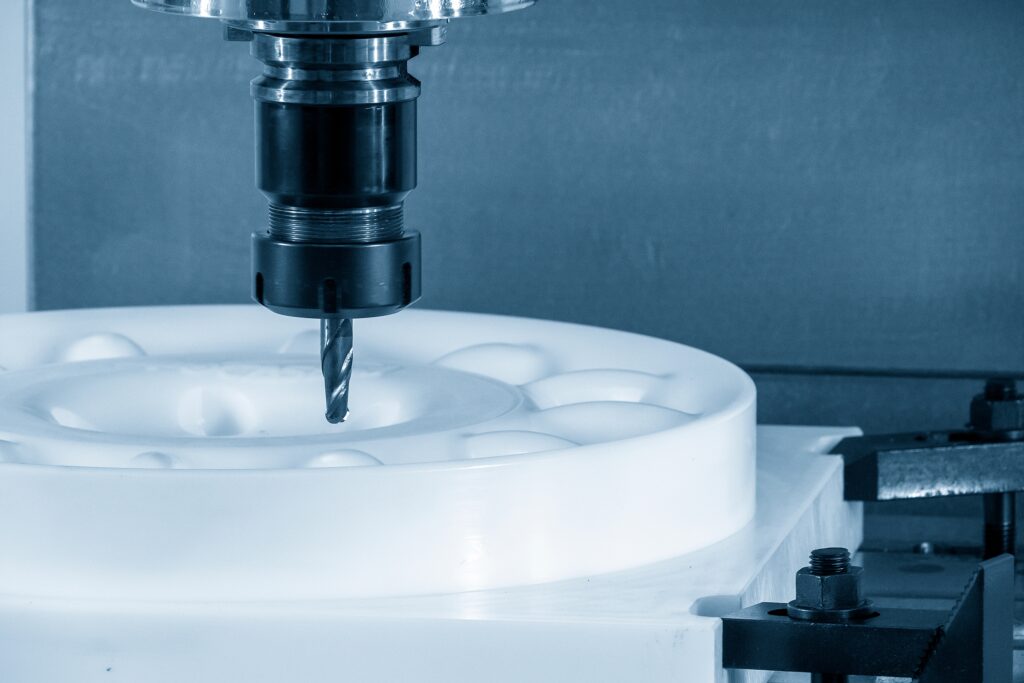
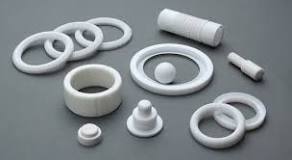
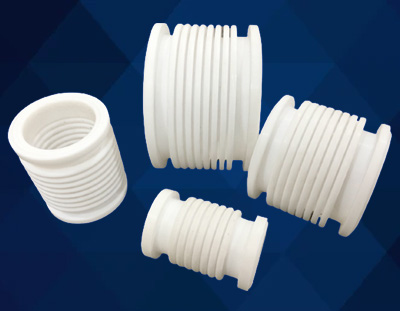

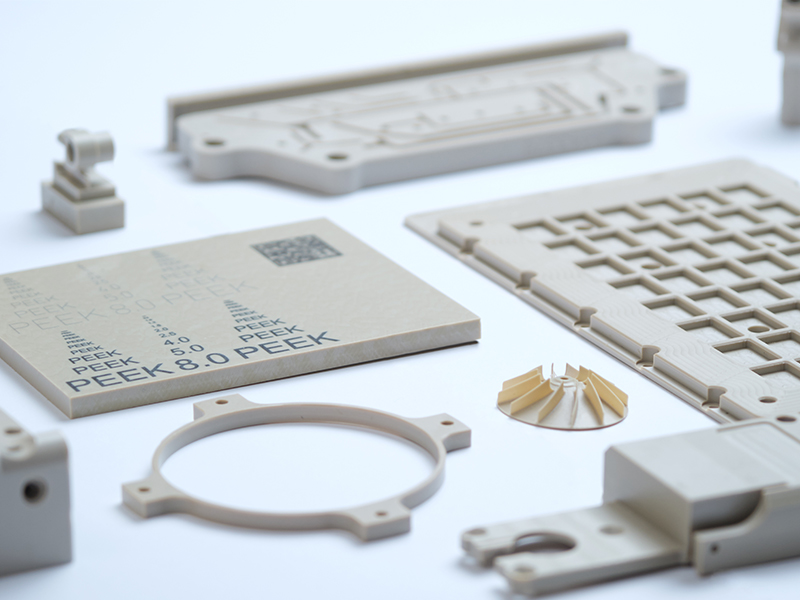
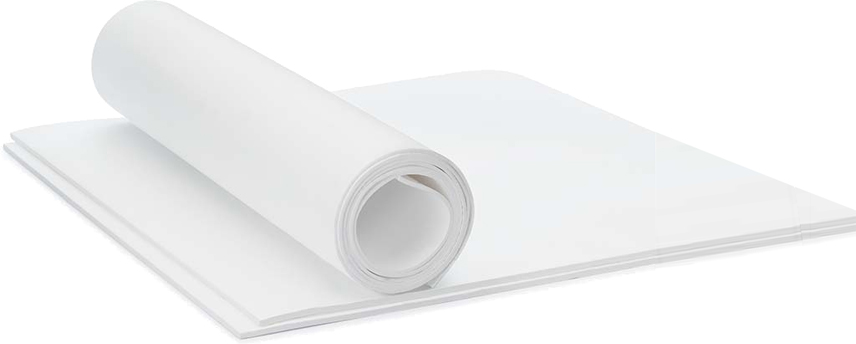
Have you ever wondered about the magic behind non-stick cookware or the resilience of industrial components? The answer often lies in Polytetrafluoroethylene (PTFE), famously known as Teflon®. The story of PTFE is as fascinating as its properties and application.
The Discovery and Innovation
In the 1950s, DuPont chemist Roy J. Plunkett discovered PTFE, a synthetic fluoropolymer of tetrafluoroethylene, quite by accident. While attempting to create a new refrigerant, he noticed that the gas had polymerized into a white, waxy substance. This serendipitous discovery led to the development of one of the most versatile materials known to science.
However, the story doesn’t end there. Bill Gore, a visionary chemist at DuPont, recognized the potential of PTFE for broader applications. When his ideas for expanding the use of PTFE were turned down by his employers, Gore took a bold step. In 1958, he and his wife Genevive founded W.L. Gore and Associates in the basement of their Delaware home. During this time, Gore’s company began to serve the burgeoning computer industry by using PTFE to insulate multiple copper conductors and fashion them into ribbon cables. This innovation resulted in a product known as MULTI-TET, which significantly improved the reliability and efficiency of computer systems.
Unique Properties of PTFE
PTFE’s unique properties make it stand out among other materials:
- Hydrophobic & Non-Stick: PTFE repels water and other substances, which makes it ideal for non-stick cookware and various industrial applications where reducing friction is critical.
- Chemical Resistance: PTFE is almost completely chemically inert. It can withstand exposure to most chemicals, including acids and bases, without degrading. This property makes it invaluable in chemical processing and storage.
- Thermal Stability: With a melting point around 620°F (327°C), PTFE can perform in extreme temperatures ranging from -328°F (-200°C) to +500°F (+260°C) without losing its properties. This thermal stability is crucial for applications in aerospace and automotive industries.
- Low Friction & High Inertness: PTFE has one of the lowest coefficients of friction of any solid, making it perfect for applications where smooth movement is essential, such as bearings and seals.
Applications Across Industries
At Advanced EMC Technologies, we leverage PTFE’s exceptional properties to develop solutions for a wide range of critical applications:
- Spring Energized PTFE Seals: These seals are designed for high-pressure environments and offer superior durability. They are used in industries such as oil and gas, where equipment must withstand extreme conditions.
- PTFE Rotary Shaft Seals: These seals prevent leaks and contamination in rotating machinery, ensuring smooth operation and reducing maintenance costs. They are widely used in automotive and manufacturing industries.
- Gaskets, Diaphragms, Bellows, and Slide Bearings: PTFE components provide reliable performance in various industrial applications, from fluid handling systems to mechanical joints.
- Pump Parts, Impellers, and Containers: PTFE’s chemical resistance and thermal stability make it ideal for parts that must endure harsh environments and aggressive chemicals.
Internal Links:
- UNVEILING FLUOROPOLYMERS: A JOURNEY THROUGH HISTORY, CHEMISTRY, AND APPLICATIONS
- CRYOGENIC SEALANTS: EXPLORING THE EXPANSION RATIO OF LIQUID NITROGEN AT LIQUID NITROGEN TEMPERATURE (KELVIN)
- EXPLORING THE PREFERRED POLYMERS FOR INJECTION MOLDING PROCESSES: A FOCUS ON INJECTION BLOW MOLDING AND POLYMER INJECTION MOLDING
- UNDERSTANDING THE DIFFERENT TYPES OF COMPOSITE BUSHINGS IN TECHNOLOGY
Customized PTFE Solutions
We don’t just stop at using PTFE in its pure form. At Advanced EMC, we blend unfilled PTFE with various fillers to tailor its properties to specific needs. For example:
- Glass-Filled PTFE: Adding glass fibers enhances PTFE’s mechanical strength and wear resistance, making it suitable for high-stress applications.
- Carbon-Filled PTFE: This composite offers improved thermal conductivity and reduced deformation under load, ideal for high-temperature applications.
- Bronze-Filled PTFE: Bronze fillers provide excellent wear resistance and thermal conductivity, making this composite perfect for high-speed applications.
These customized solutions allow us to meet the exacting standards required by industries such as aerospace, automotive, and chemical processing.
The Impact on Modern Engineering
PTFE’s exceptional qualities make it indispensable for industries requiring extreme performance and reliability. For instance, in the aerospace industry, PTFE is used in wiring insulation, fuel line coatings, and seals. Its ability to withstand extreme temperatures and corrosive environments ensures the safety and efficiency of aircraft components.
In the medical field, PTFE’s biocompatibility and chemical resistance make it suitable for use in surgical implants and catheters. Its non-stick properties are also exploited in medical devices to prevent biofilm formation and ensure smooth operation.
The Future of PTFE
As technology advances, the demand for materials with superior performance characteristics continues to grow. PTFE remains at the forefront of material innovation due to its versatility and resilience. Research is ongoing to further enhance its properties and discover new applications. For example, advancements in nanotechnology are paving the way for PTFE composites with enhanced electrical conductivity and even lower friction coefficients.
Why PTFE Matters
Polytetrafluoroethylene’s unparalleled properties make it the material of choice for industries requiring extreme performance and reliability. Its high melting point, low friction, and inert nature ensure that PTFE remains a cornerstone of innovation and efficiency in modern engineering.
Discover how PTFE and Advanced EMC Technologies can revolutionize your applications. Visit Advanced EMC Technologies for more information.

— One Comment —